The Digital Art
L.Cossa, Pavia, Italy - creativity and talent together with long hours of hard work... The result: original and inspiring logo for the Dare2Wow project!
Thank you L.Cossa Digital Art students!
DIGITAL FABRIC PRINTING
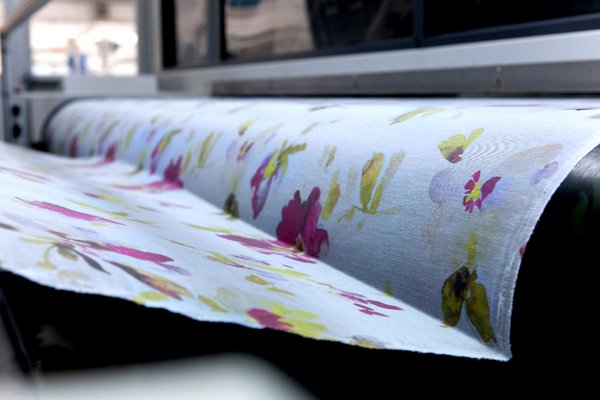
Fabric printing isn’t a new process, is an ancient art that can be seen in fabrics dating as far back as the 4th and 5th Centuries B.C. The earliest type of printing on fabric is the block printing, a process of dye being pressed onto a fabric from a carved material: wood, copper but also rubber and now many other materials. The pattern on the fabric is the pattern carved into the material, these patterns are often not overly detailed.
In the 18th Century the technique of roller printing came about, it is the process by which the fabric is carried along a rotating central cylinder and pressed by a series of rollers, each of which is engraved with the design. Each roller is fed a different color through feed rollers, and some roller printing machines were even able to print six colors at once, making them much faster than the block printing process.
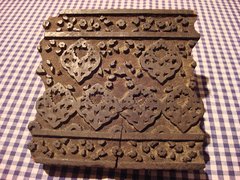
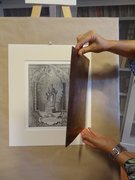
Fabric printing isn’t a new process, is an ancient art that can be seen in fabrics dating as far back as the 4th and 5th Centuries B.C. The earliest type of printing on fabric is the block printing, a process of dye being pressed onto a fabric from a carved material: wood, copper but also rubber and now many other materials. The pattern on the fabric is the pattern carved into the material, these patterns are often not overly detailed.
In the 18th Century the technique of roller printing came about, it is the process by which the fabric is carried along a rotating central cylinder and pressed by a series of rollers, each of which is engraved with the design. Each roller is fed a different color through feed rollers, and some roller printing machines were even able to print six colors at once, making them much faster than the block printing process.
The mechanization of the ancient technique is inevitable, both because it makes it possible to produce many identical items and because it means a huge saving in materials and employees. The time required is very short, in one hour either more than sixty light garments or thirty dark items can be completed, besides the costs are contained. A further advantage in finished product is the softness of the prints to the touch, since the color penetrates deeply allowing an excellent durability in time.
The prints are soft to the touch because the color penetrates completely into the tissue. In short, it is an innovative high quality technology, especially suitable for photos and complex colored patterns, resulting in a high definition printing with brilliant colors, smooth and sharp shades. By the words “digital textile printing” we mean the possibility of transferring ink quantities according to what is determined by a computer.
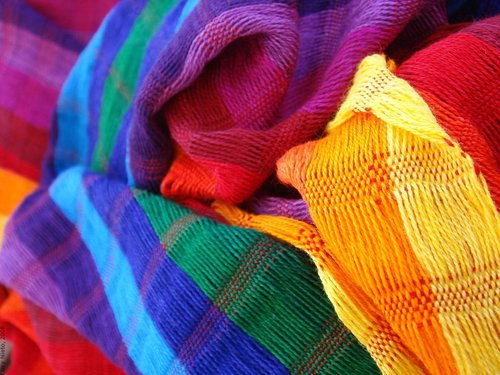
Textile digital printing goes farther on allowing companies to customize any fabric : canvas, cotton, polyester, either mixed or synthetic natural fabrics, papers, films and thermotransfer films. It can also be applied to the field of interior design, whose most popular applications are on armchairs, cushions, carpets, curtains, wallpaper fabric etc. Today digital printing is having a huge success. Recently, Italian digital printing has sped up its modernization to achieve tangible results and helped a lot of companies to bear the brunt of the globalization and the competition with Eastern countries, where labor costs are lower.
FOR.TEX a textile company from Como, manufacturing and selling inks and dyes, is an example of how innovation in this area can be decisive both for individual companies and for all the “Made in Italy”. The company has been one of the first in the area to believe in the digital printing and in adapting to the changes of the market trends. The company commitment and hard work have paid off. Both productivity and turnover have got benefits. Italian textile entrepreneurs hope to expand and promote their products through solution centers, such as the Textile Solution Center. Textile Solution Center is a facility entirely dedicated to research, assistance, training and promotion for industrial textile digital printing. The Center is a joint venture between Epson inkjet technology and For.Tex experience in the textile printing.
Reggiani Macchina is another Italian company that has managed to break into this field. It manufactures and markets machines for printing and mobilization of fabrics and yarns.
Established in 1946, Reggiani is and remains a solid Italian company representing a rare example of high technology that the entire world recognizes and ranks first among textile printing machine manufacturers. In short, a real pride for Italy! Reggiani Macchine is emerging with its advanced technology in areas such as wallpaper, printed laminates for floors, furniture, environmental decoration and external communication. The group’s efforts have focused on the realization of industrial machines, strictly using water-based inks to create green solutions. Those inks are made by multinational market leader companies and then tested in laboratory directly by Reggiani to ensure its safety.
Scanned print
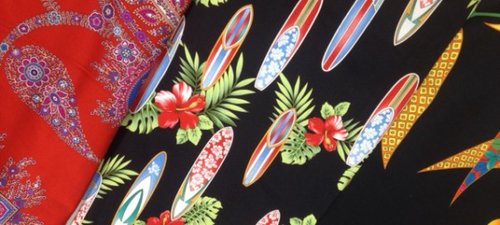
The scanned print is a novelty of the new millennium. Antonino Tricomi, business development manager at Reggiani, explains that digital is opening up new market segments, even in those areas which were traditionally covered by paper printing machines, referring to furniture, wallpaper and fabrics.
Nowadays the fabric digitized printing is much used by the fashion and fast fashion companies, the latter being multinational companies that don’t always respect the human rights and the ecological duties because too much focused on profits. Fast fashion is a contemporary term to express that designs move from catwalk quickly in order to capture current fashion trends.
Emphasis is on optimizing certain aspects of the supply chain in order for these trends to be designed and manufactured quickly and inexpensively to allow the mainstream consumer to buy current clothing styles at a lower price. Fast fashion has become associated with disposable fashion because it has delivered designer product to a mass market at relatively low prices, but it has also been criticized for contributing to poor working conditions in developping countries. In a society where clothes are consumed like food, fashion changes weekly and anyone can lay down the law in fashion thanks to social networks, we end up in a very unbalanced situation: on one hand the western population, rich, updated, fashionable, educated according to the principle “the more I have, the better”, who crowd the season sales (the famous American black Fridays) to be able to have as many things as possible; on the other hand the poor people forced to work 16 hours a day at 10$ a month in order to produce that t-shirt, tanktop, skirt we buy at the modest price of 5.99 €.
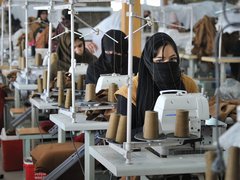
What is cheap is not always ethical or ecological, that is why the companies using Reggiani machineries or FOR.TEX ecological chemical components are often not preferred since they can’t sell at bargain prices what is produced ethically and fairly. Digital printing has been a huge innovation, enabling companies to meet the demand of a fast-growing world in a constantly monetary disequilibrium. The best choice for ourselves and for the world would be to always prefer a bit more expensive but ethical choice rather than an economic but wrong one.
References:
https://it.wikipedia.org/wiki/Stampa_tessile
http://www.ideazionesrl.com/index.php/stampa-su-tessuto.html
http://www.technica.net/NT/Tecnologia/stampadigitale.html
http://www.metaprintart.info/varie/13408-la-stampa-digitale-tessile-secondo-reggiani-macchine/
https://en.wikipedia.org/wiki/Fast_fashion
http://www.magictextiles.co.uk/news/the-history-of-textile-printing